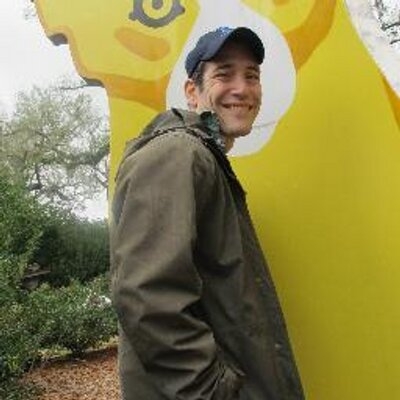A changing climate means a changing society. The Island Press Urban Resilience Project, supported by the Kresge Foundation and the JPB Foundation, is committed to a greener, fairer future for all. This post was originally published on TheDirt.com.
When I think about climate change, I like to look at a photo of my daughter and her two dear friends—not just because of their sweet smiles, but because the photo offers an important clue to how we can design cities to thrive in uncertain times. We don’t know exactly how climate change will play out, but two things are clear: Parts of our cities are in for severe stress. And we will have to get through it together.
Back when this picture was taken, I thought of the riverfront of New York City as a place to play; I often took my daughter and her friends down to the repurposed docks for concerts and picnics. That was before Superstorm Sandy slammed into the city and the East River busted its banks. That storm refined my thinking about life with climate change.
We had it radically easier than thousands of other New Yorkers—we only lost power for four days. But we shared with them a sense of uncertainty: When will lights come back on? What system might conk out next?

And now there is a larger sense of uncertainty about the future. Climate change has become a part of our lives, and we’re likely to face a series of crises: storms that whip our coasts and droughts that parch our heartland—though we don’t know when, or where, or how severely. It’s this constant uncertainty that we will have to address in our urban designs.
We do know that, in times of crisis, friends and neighbors can play a vital role in helping each other cope. Like many New Yorkers, we did what we could after Superstorm Sandy—donating supplies to families in the Rockaways, and dropping off food at the public housing community down the block.
Urban design can support that kind of community spirit, by bolstering connections among neighbors. The peninsula community of Red Hook, in Brooklyn, responded to Sandy this way. The community plans to raise the usable space of waterfront buildings above street level, creating new space beneath those buildings for people to gather, get help, and simply socialize. (My daughter, who was six at the time, had offered a similar idea, but then she listens to me daydream a lot.)
In uncertain times, urban design should make public places more flexible, more reassuring, and more public. This is in tune with the history of urban experimentation. Cities are places where unlike-minded people share limited space. Their innovations—parks, skyscrapers, farmers’ markets, Foursquare–result from experiments that tried to squeeze maximum benefit from a crowded place.
Even big-budget projects are trying to design in human connections to manage uncertainty. For example, the federal Rebuild by Design process commissioned design teams to work with neighborhoods on ways to make Northeastern cities’ coasts less vulnerable to storm surge. The “BIG U,” the project that drew the biggest plug of funding, is underway, creating a series of berms and slopes that serve as public parks while blunting wave action.
If this plan succeeds, the water will be something to explore and adore, not something to fear. And if the fear quotient goes down and the sense of public comity goes up, perhaps people will be more willing to invest the dollars—and make the hard choices—necessary to face an unstable climate.
And if that’s right, then decades from now people can take pictures on the scenic bluffs overlooking the East River. And perhaps those pictures will show kids with the same peaceful confidence that comes from knowing you can count on your friends and neighbors.


